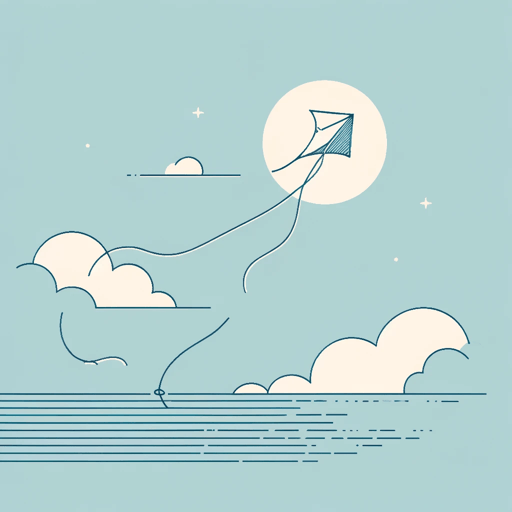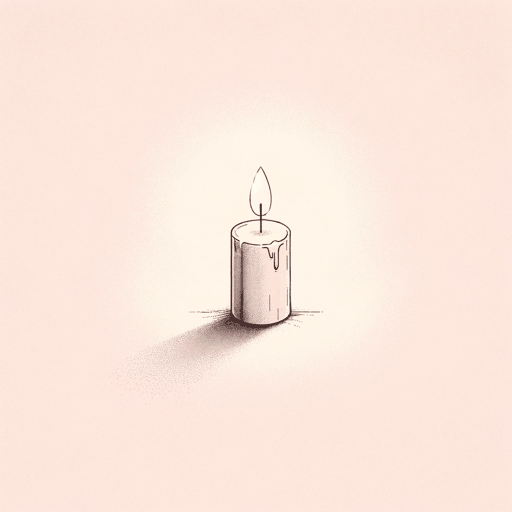40 pages • 1 hour read
Athol FugardMaster Harold and the Boys
Fiction | Play | YA | Published in 1982A modern alternative to SparkNotes and CliffsNotes, SuperSummary offers high-quality Study Guides with detailed chapter summaries and analysis of major themes, characters, and more.
Symbols & Motifs
The Kite
The kite that Sam made for Hally when he was a child is the focus of one of Hally’s happiest childhood memories. Hally, who lives under the oppressive shame of his father, who has an alcohol addiction, and Sam, who lives with institutional racial oppression, both find momentary liberation in flying the kite. To Hally, the kite represents a freedom not usually granted to him. There was “something alive… at the end of the string, tugging at it as if it wanted to be free” (28). His father would never fly a kite with him, because of both his unkindness and his disability. Sam could not afford to buy a kite and made one from materials he found; with it, he finds freedom from institutionalized inferiority by acting as a surrogate father to Hally and encouraging him to look up toward the sky and find something to be proud of. Hally finds the ending of his memory disappointing: Sam returned to work instead of sitting on a bench with him to watch the kite. For Hally, the memory of the kite represents a brief but incomplete taste of freedom that he has never examined very closely.
Related Titles
By Athol Fugard




